The exact same issue is also reported in this question. Which applied to VS2010, otherwise without a usable answer.
This is an environmental problem, code is getting loaded into Visual Studio that messes with the FPU control word on your machine. It is a processor register that determines how floating point operations work, it looks like this:

The Rounding Control bits are a good source of trouble like this, they determine how the internal 80-bits precision floating point value is truncated to 64-bits. Options are round-up, round-down and round-to-nearest. The Precision Control bits are also a good candidate, options are full 64-bit precision, 53 and 24 bits.
Both VS2012 and the .NET Framework rely on the operating system default, with the expectation that this will not change afterwards. Pretty hard to diagnose trouble arises when code actually does change it, your observation strongly fits the pattern. The most common troublemakers are:
code that uses DirectX without the D3DCREATE_FPU_PRESERVE option. DirectX reprograms the precision and rounding control bits to squeeze out a bit more perf.
code that was written in an older Borland language product. Its runtime library initializes the FPU control word in a non-standard way. Otherwise a generic problem with software that relies on old runtime library or an old legacy initialization that was carried through in later releases.
in general, any code that uses a media codec or media api. Such code tends to reprogram the FPU to squeeze out perf for the same reasons that DirectX does. Especially notorious in a product I worked on which uses such codecs heavily. The codebase was peppered with calls that reset the FPU control word after making a call into external code.
Finding and eliminating such code can be very difficult. DLLs get injected into another process by a large variety of well-intended malware. The SysInternals' Autoruns utility can be very useful, it shows all the possible ways code can be injected with an easy way to disable it. Be prepared to be shocked at what you see and readily disable stuff that doesn't carry a Microsoft copyright.
For dynamic injection, you'll need a debugger to see what is loaded into VS. Start VS again and use Tools + Attach to Process to attach to the first one, selecting the unmanaged debugger. Debug + Windows + Modules shows you what DLLs are loaded. Do beware that the DLL can be transient, a shell dialog like File + Open + File will dynamically load shell extensions into VS and unload them again afterwards. Good luck with it, you'll need it and sometimes the only fix is a rather drastic one.

